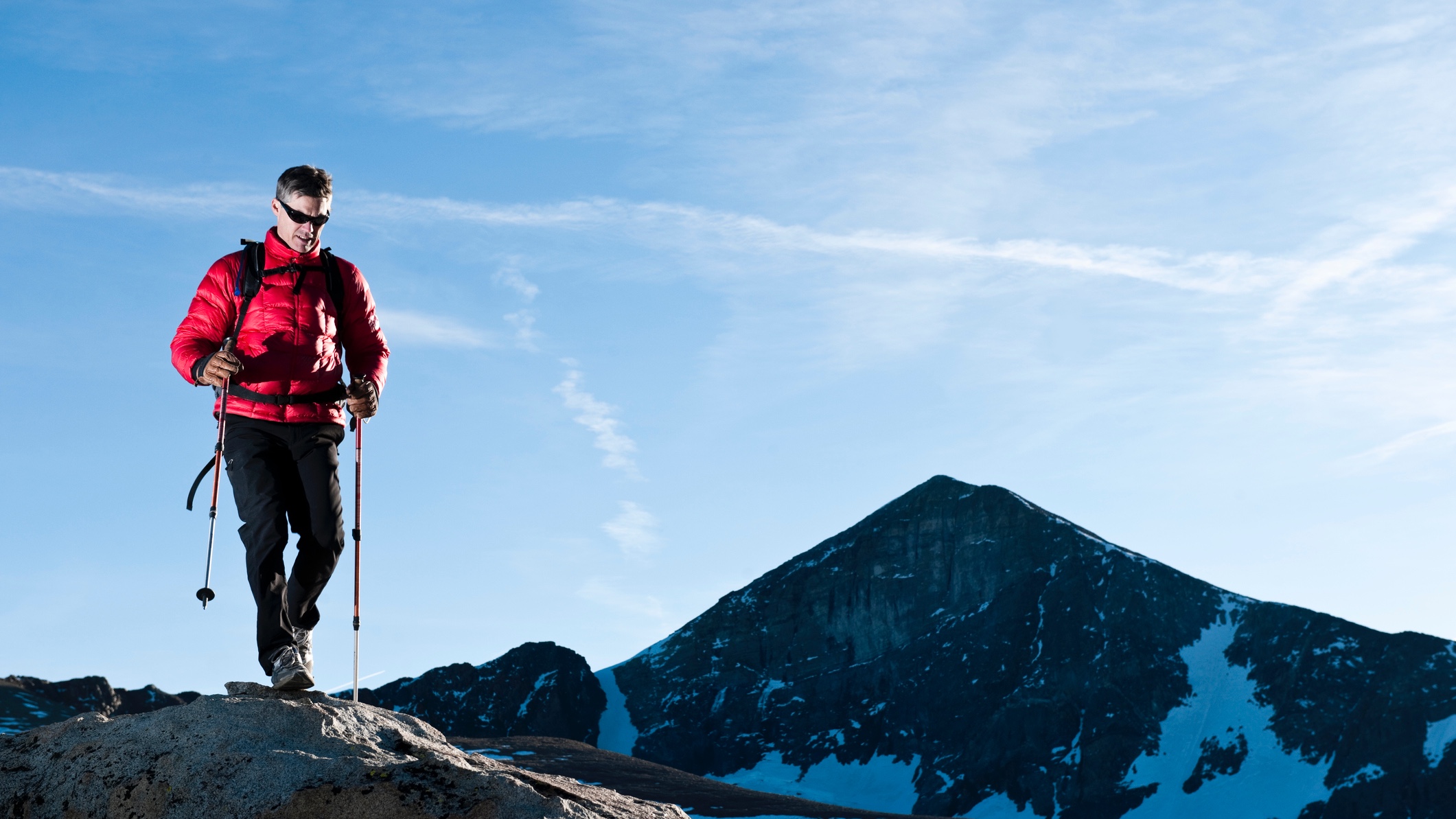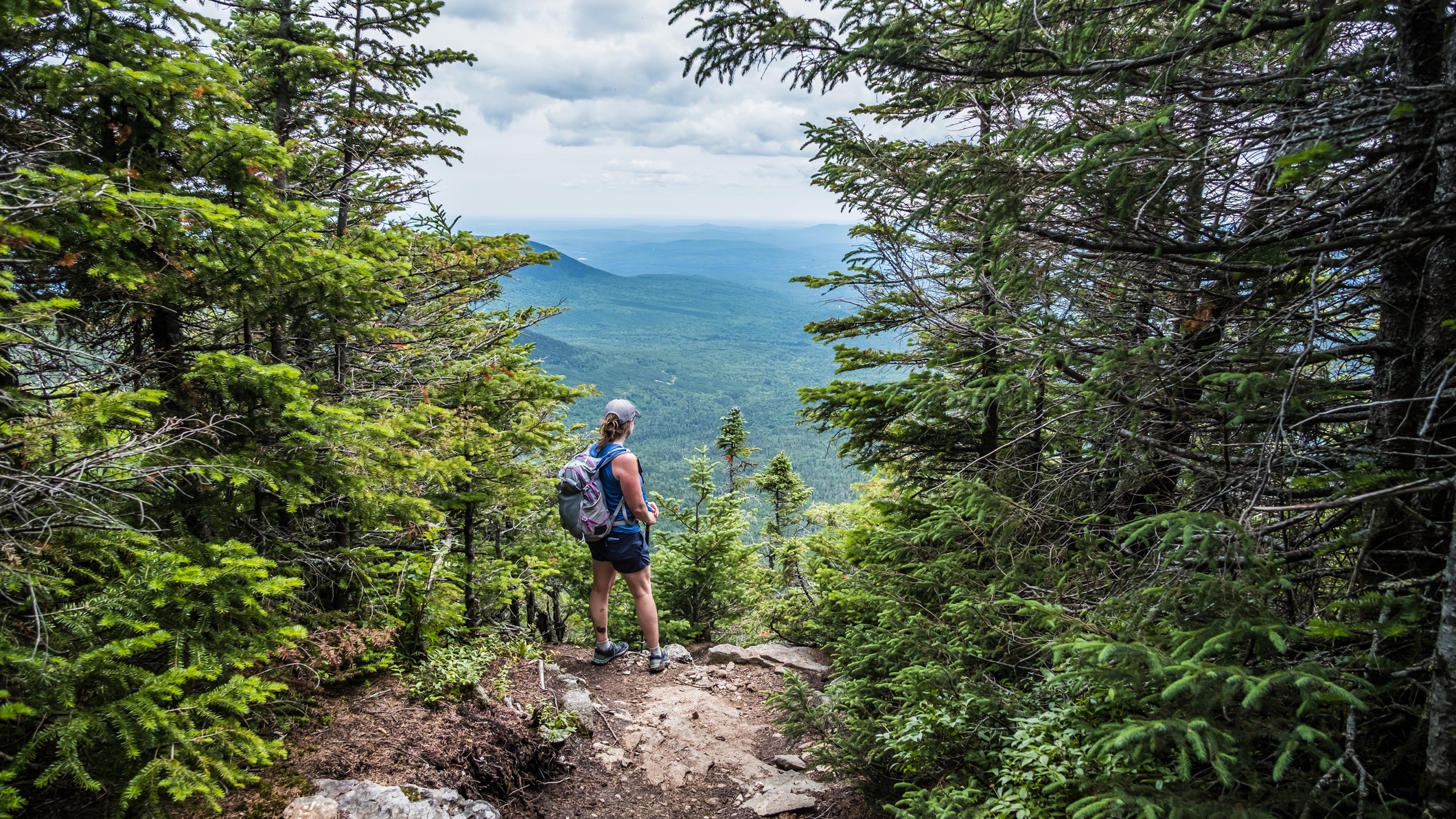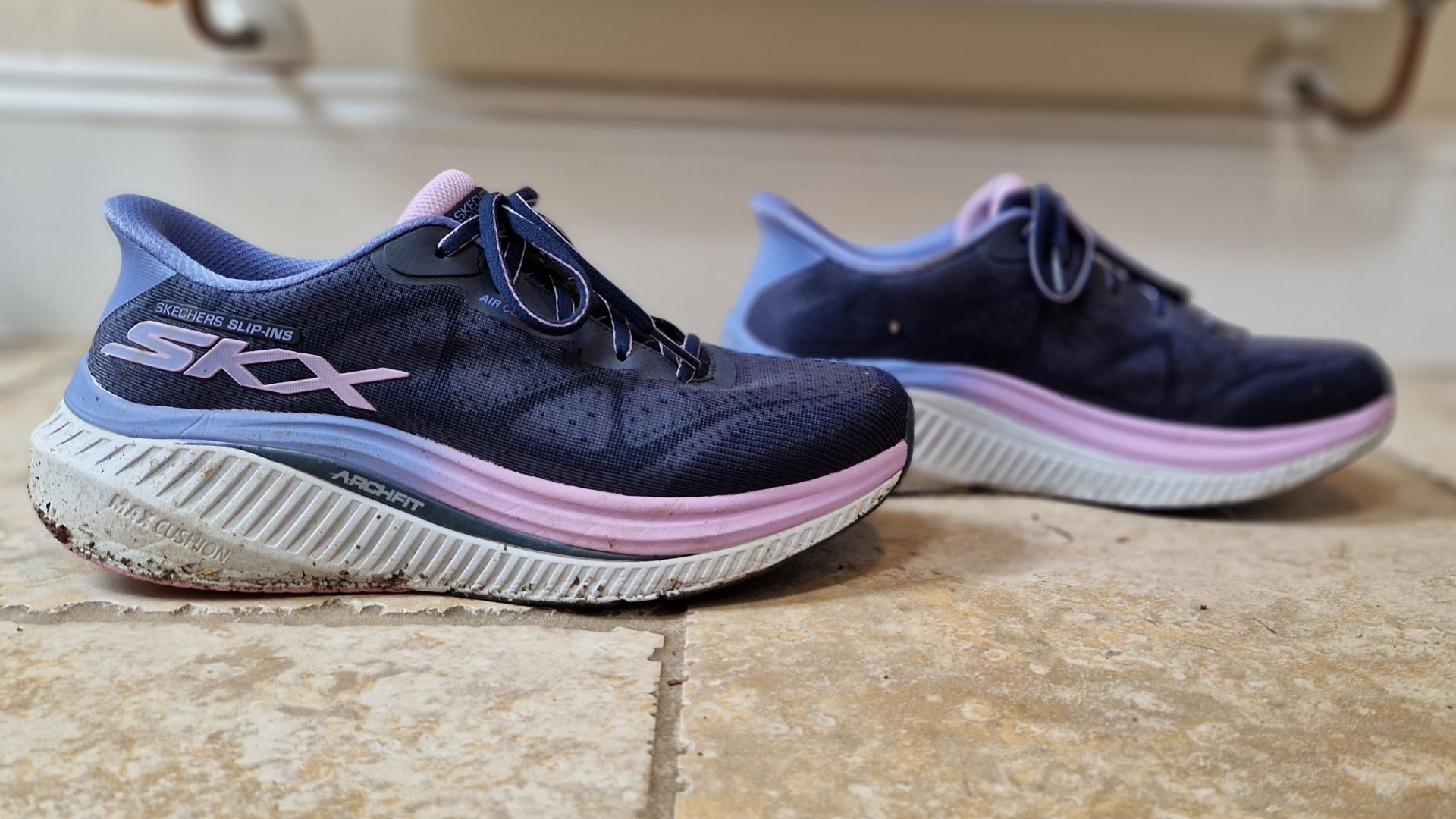What is thru-hiking? Here's everything you need to know
Intrigued to discover “what is thru-hiking”? An expert explains how to get started


You’ve heard of hiking but what is thru-hiking? It might be a new term for you but thru-hiking is simply hiking a trail in its entirety from end-to-end without taking breaks in between different sections. It’s possible it could take months to complete.
With the best trekking poles in hand, though, it’s a wonderful way to see large sections of wilderness and test your personal physical and mental stamina. It also allows you to step away from the hustle and bustle of everyday life.
To learn more about thru-hiking, we spoke to Brad McCartney a hiking expert who has thru-hiked long-distance four times. He’s completed the Appalachian Trail, the Pacific Crest Trail, the Continental Divide Trail, and the Te Araroa Trail. In doing so, he has chalked up nearly 10,000 miles (16,000 km).

Brad McCartney has completed the hiking Triple Crown after he hiked the Pacific Crest Trail, Continental Divide Trail, and Appalachian Trail. He also thru-hiked the Te Araroa in New Zealand for a total of almost 10000 miles of hiking in a four year period. In recent years he managed an outdoor gear retail store and is the founder of BikeHikeSafari.com which is a website dedicated to all things thru-hiking, backpacking, bike touring, and bikepacking.
What is thru-hiking?
There is a key difference between hiking and thru-hiking. When you go hiking, you can tackle a trail in a piecemeal fashion, one section at a time — perhaps taking multiple days, weeks, or even months in between sections.
When you go thru-hiking, you set out at the beginning on the trail and finish at the very end in one long, continuous hike.
“Thru-hiking is a long-distance hike that walks from one end of a trail to the other and often requires resupply along the way,” explains McCartney. “The resupply can involve exiting the trail and taking a trip to the nearest store or sending food to a location along the route that will accept a food package.”

When did thru-hiking start?
McCartney says it’s unknown when thru-hiking began but the first long distance hiking trails were the Appalachian Trail and Pacific Crest Trails in the USA.
Get the Fit&Well Newsletter
Start your week with achievable workout ideas, health tips and wellbeing advice in your inbox.
“Prior to that, there have been religious pilgrimage routes across Europe and other places in the world for centuries,” he explains. They were likely the roots of modern-day thru-hiking.
Is thru-hiking hard?
McCartney says thru-hiking is difficult but the challenge it poses is part of the appeal.
“The thought of walking 2,000 miles or more sounds impossible and only something that is completed by athletes, but by breaking down the trail into sections, such as walking from one resupply town to the next, it becomes more manageable,” he notes.
“While it is difficult physically, it is also difficult mentally. The repetitive tasks of waking up every day, eating food, hiking, eating more food, sleeping, and repeat can become very repetitive for some, especially when the sections of the trail are tough and the scenery may not compensate for the difficulty.”
You can, however, make thru-hiking easier or more difficult, depending on the length of your hikes each day. “There is no ideal distance to walk each day, but 15 to 20 miles per day will be ideal and achievable once your body has become used to walking every day,” McCartney suggests.
Even so, the length of a trail and the allotted time to complete a hike will largely dictate how many miles you need to walk per day. Your fitness level will impact how many miles you can walk per day too. It's important to plan before you start to stay safe while hiking and avoid over-exerting yourself.
What equipment do you need for thru-hiking?
Most people would assume thru-hiking gear or packs will be heavy. After all, you’ll likely be on a trail for months but McCartney says thru-hiking gear is usually lighter than that used for regular backpacking trips.
“Over many weeks and months, the stress on the body increases significantly. Most thru-hikers aim to have a base weight of less than 10 pounds. This includes the weight of an ultralight tent, ultralight sleeping pad, ultralight sleeping bag, backpack, cooking gear, and clothing not being worn by the hiker.”
Indeed, you would carry everything you need, including hiking clothes and all of your food on a standard multi-day backpacking trip whereas, with thru-hiking, you’ll restock your food supplies at certain posts. Thru-hikers typically invest in more expensive gear and that reduces weight too.

How do you train for thru-hiking?
It takes a great deal of physical and mental endurance and strength to complete a long thru-hike, such as the Appalachian Trail, which spans more than 2,000 miles. As such, it will take time for beginner hikers to develop the cardiovascular fitness and muscular endurance to handle miles or hiking day after day.
“It can take many weeks or even months for your body to be able to consistently hike more than 20 miles every day.” says McCartney. “The best training option is to load up a backpack with a heavy weight of 40 pounds and walk for an hour a day prior to the commencement of the thru-hike.
“Training in this way will incrementally assist the muscles and joints to get used to carrying heavy loads. Many people also head out on an overnight 'shakedown' hike. This is a short weekend or multi-day trip with all the gear you intend to take with you. It will allow you to test if the gear works for you and more importantly allow you to make a decision on what you really need as opposed to what you would like to take.”
As you can imagine, thru-hiking can be an incredible adventure for the fit and intrepid hiker but it’s important to train ahead of time and make sure you are ready to handle the rigors of the trail.
Consider starting with shorter backpacking trips to acclimate to the challenges of hiking in all weather conditions and putting in full days on your feet numerous days in a row. And have fun!
Amber Sayer is a Fitness, Nutrition, and Wellness Writer and Editor, and contributes to several fitness, health, and running websites and publications. She holds two Masters Degrees—one in Exercise Science and one in Prosthetics and Orthotics. As a Certified Personal Trainer and running coach for 12 years, Amber enjoys staying active and helping others do so as well. In her free time, Amber likes running, cycling, cooking, spending time outside, and tackling any type of puzzle.
-
 I have bunions, but I can't feel them with these affordable Skechers walking shoes—now 22% off at Zappos
I have bunions, but I can't feel them with these affordable Skechers walking shoes—now 22% off at ZapposDeal A generous toe box makes the Skechers Max Cushioning Arch Fit Areena perfect for wide feet
By Lou Mudge
-
 Can't do a sit-up? A trainer says you should do these chair-based core exercises instead
Can't do a sit-up? A trainer says you should do these chair-based core exercises insteadNo sit-ups or planks
By Jennifer Rizzuto